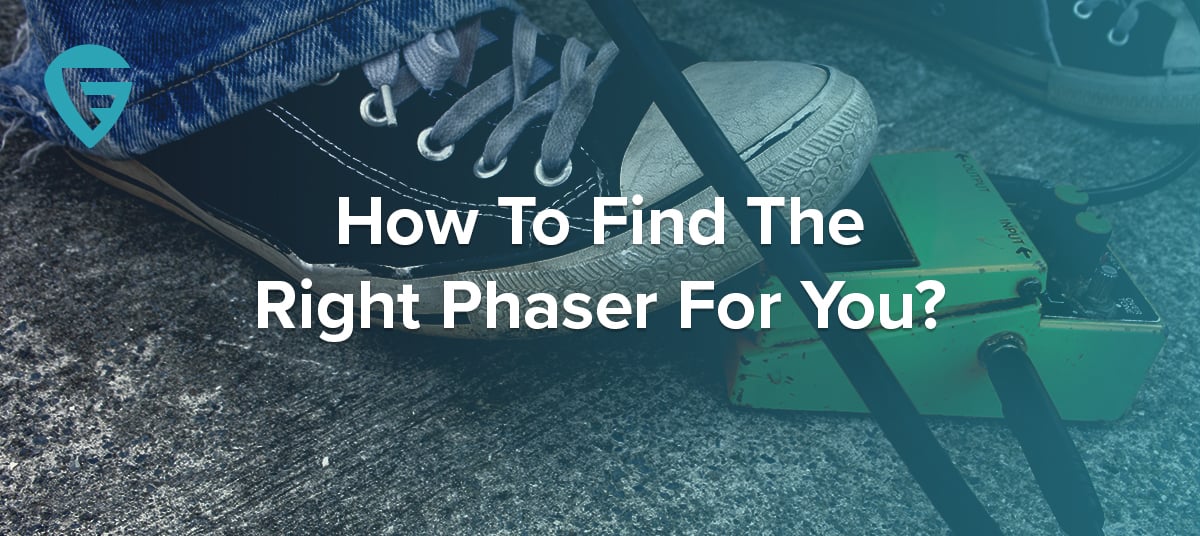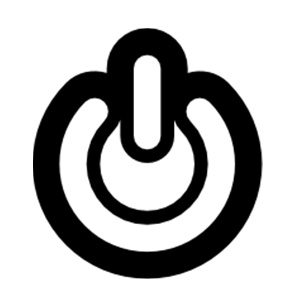- Home
- Instruments
- Gear
- Recording
- Lessons
- Reviews
- Blog

Modulation, in general, is the type of guitar effects family whose members come in a wide variety of formats. Some will be simple, while others will be insanely complex. It all depends on what you want to get done, and how far you are willing to go in order to get the sound you want. All of this applies to Phaser pedals as well. There is a great variety of models to choose from, but will they all be right for you? Chances are they won't.
Phasers are generally very specific effects whose performance is heavily impacted by the type of controls you have available. There are some pretty awesome models out there, which are loved by large masses, but these include the simplest and the most complex Phaser pedals alike. What we want to talk about today, is how to find a Phaser pedal that fits you and your playing style. With that said, let's get on it.
 You get what you pay for is a saying that applies to all effects pedals, including Phasers as well. That, however, doesn't have to mean that you need to spend large amounts of money just to get something that sounds decent. On the contrary, there's a lot of awesome Phasers out there which are rather simple in nature. What you are paying for are the additional controls in most cases.
You get what you pay for is a saying that applies to all effects pedals, including Phasers as well. That, however, doesn't have to mean that you need to spend large amounts of money just to get something that sounds decent. On the contrary, there's a lot of awesome Phasers out there which are rather simple in nature. What you are paying for are the additional controls in most cases.
We talked about how controls can affect the tone of the pedal, and your signal chain in our dedicated article,‘How To Best Use The Phaser Pedal' so we suggest you go and read that before you keep reading this article. The most defining factor when getting any type of pedal is the available budget. If you are operating on a stretched out bank account, there are still going to be great choices out there, but you won't see many of those advanced options. However, this doesn't have to be a bad thing. With that said, it's important to set the budget before you go out shopping.
 If you play lots of metal music, you will find that Phasers generally don't fit too well there. However, that doesn't mean they don't fit at all. Since Phasers work the best in sections which are slow and aren't saturated with a lot of notes, you can get a lot of good performance in such segments of your music.
If you play lots of metal music, you will find that Phasers generally don't fit too well there. However, that doesn't mean they don't fit at all. Since Phasers work the best in sections which are slow and aren't saturated with a lot of notes, you can get a lot of good performance in such segments of your music.
 The best way to get introduced to Phasers the right way is to start small and simple. Find a pedal that brings a rudimentary set of controls, and start from there. Fewer variables are very much preferred. While this may sound like being too cautious, just remember that there are Phasers out there which have more controls and features than your average guitar effects processor.
The best way to get introduced to Phasers the right way is to start small and simple. Find a pedal that brings a rudimentary set of controls, and start from there. Fewer variables are very much preferred. While this may sound like being too cautious, just remember that there are Phasers out there which have more controls and features than your average guitar effects processor.
In simple terms, things can get hairy real quick. By getting a simple pedal instead, you are achieving three things. First and foremost, you are saving money since you are probably not sure whether or not a Phaser will work for you. This way you aren't too heavily invested, and you can just sell the pedal at a minimal loss.
Aside from that, by going for a simple pedal you are allowing yourself to get familiarized with how the Phaser works, and how the most rudimentary controls impact the sound. All of the complex models are simply building on that same foundation. and will be much easier to handle once you have your basics down.
Finding the best Phaser pedal for your specific needs might take a bit more time than you're used to. Getting into this effect nice and slow is recommended because of the reasons we have mentioned above, even though some people will tell you to get the most hot-rodded options you can buy for your money. It's much better to get to know the effect, develop a taste, and then pick more advanced Phasers with that refined knowledge. Otherwise, you risk being completely overwhelmed with the effect, which is never a good thing.
Finally, you should avoid models which are trying to give you features that are simply not possible in that price range. Don't fall for a cheap jack of all trades. We hope this article brought Phasers a bit closer to you, and you have gained even a slight hint on how to shop for these. As long as you follow these guidelines, you should be fine. If you do decide to go all out on your first Phaser, just take it slow and read about the features it brings and find out how you can best use that in your music.

Reader Interactions